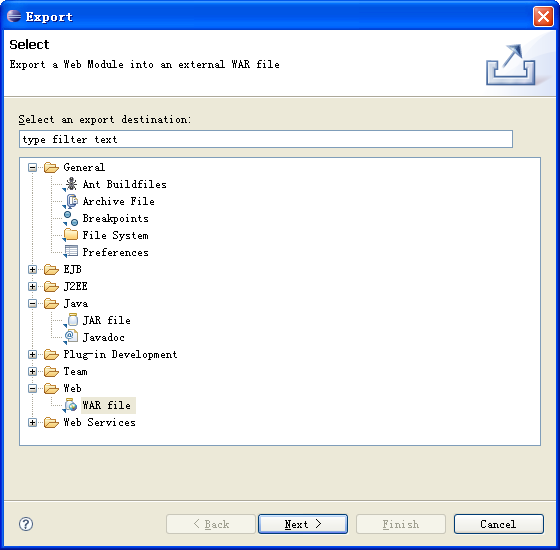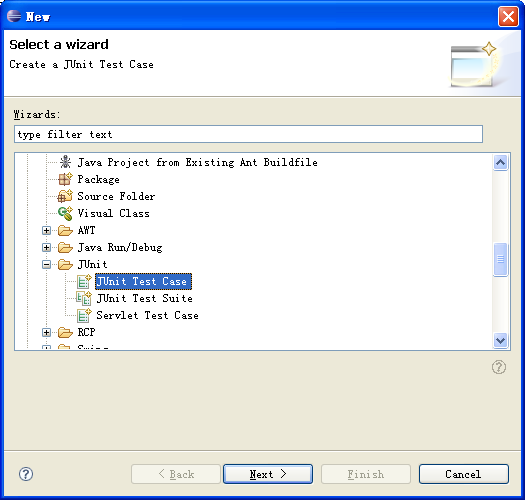今天在eclipse+myeclipse+tomcat5 下,寫個(gè)中文亂碼轉(zhuǎn)碼filter,就報(bào)
2007-3-13 17:43:46 org.apache.catalina.core.StandardContext start
嚴(yán)重: Error filterStart
2007-3-13 17:43:46 org.apache.catalina.core.StandardContext start
嚴(yán)重: Context startup failed due to previous errors
?錯(cuò)誤,所屬項(xiàng)目也就啟動(dòng)不了,web。xml配置為 :
<filter>
? ?<filter-name>CharsetEncodingFilter</filter-name>
? ?<filter-class>com.changyou.filter.CharsetEncodingFilter</filter-class>
? ?<init-param>
? ??<param-name>encoding</param-name>
? ??<param-value>UTF-8</param-value>
? ?</init-param>
? </filter>
? <filter-mapping>
? ?<filter-name>CharsetEncodingFilter</filter-name>
? ?<url-pattern>/*</url-pattern>
? </filter-mapping>
百思不得其解,問題出在哪里。
在google搜索,有人提出這么幾個(gè)解決方案:
1、試著把tomat/server/lib目錄下的commons-digester.jar,commons-beanutils.jar拷貝到common/lib/目錄??--經(jīng)測(cè)試不行
2、里有個(gè)文章說tomcat里的bug,沒有實(shí)現(xiàn)javax.servlet.Filter的Filter會(huì)報(bào)這樣的錯(cuò)誤,看來tomcat在啟動(dòng)就初始化Filter實(shí)例,但是在filter中又沒有看到那段代碼沒有實(shí)現(xiàn)Filter,或者有代碼在啟動(dòng)時(shí)沒有實(shí)例化。--沒發(fā)現(xiàn)問題。
這個(gè)問題網(wǎng)上也得不到解決方案,真是郁悶得緊
****************************************
終于解決了,原來是在web.xml初始化參數(shù)過程少初始化了一個(gè),導(dǎo)致filter啟動(dòng)失敗。大汗~~~~
如果以后出現(xiàn)tomcat 嚴(yán)重: Error filterStart 錯(cuò)誤,一般原因?yàn)椋?、xml配置失誤(如我) 2、filter中某段代碼為實(shí)例化(這個(gè)情況是出現(xiàn)最多的,要仔細(xì)檢查) 3、試著把tomat/server/lib目錄下的commons-digester.jar,commons-beanutils.jar拷貝到common/lib/目錄,有些包在部署是沒有被包含
?




























 ????
????
 ????
???? ????}
????} }
}












